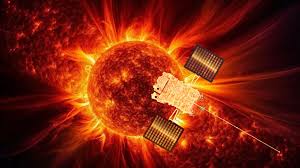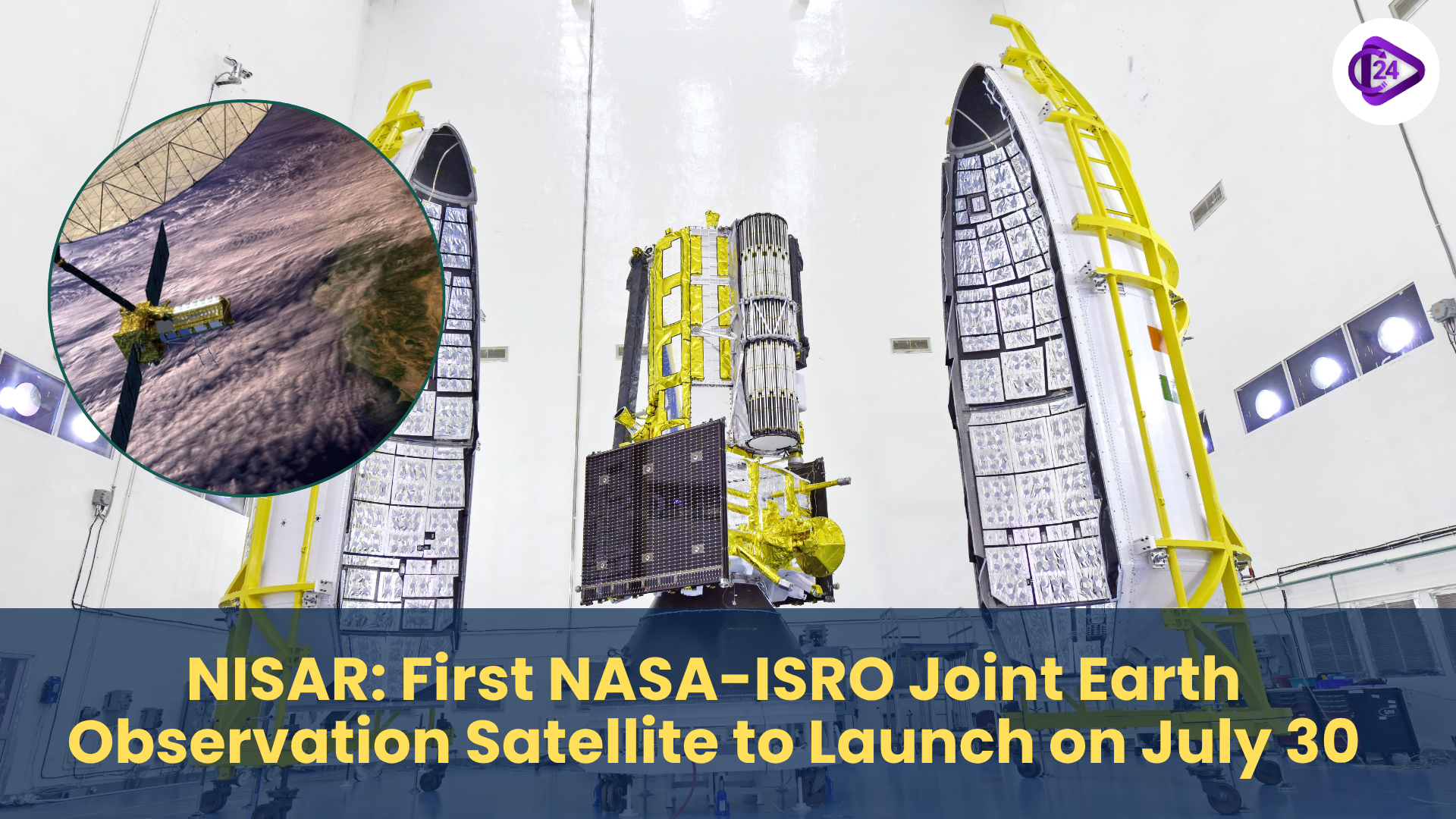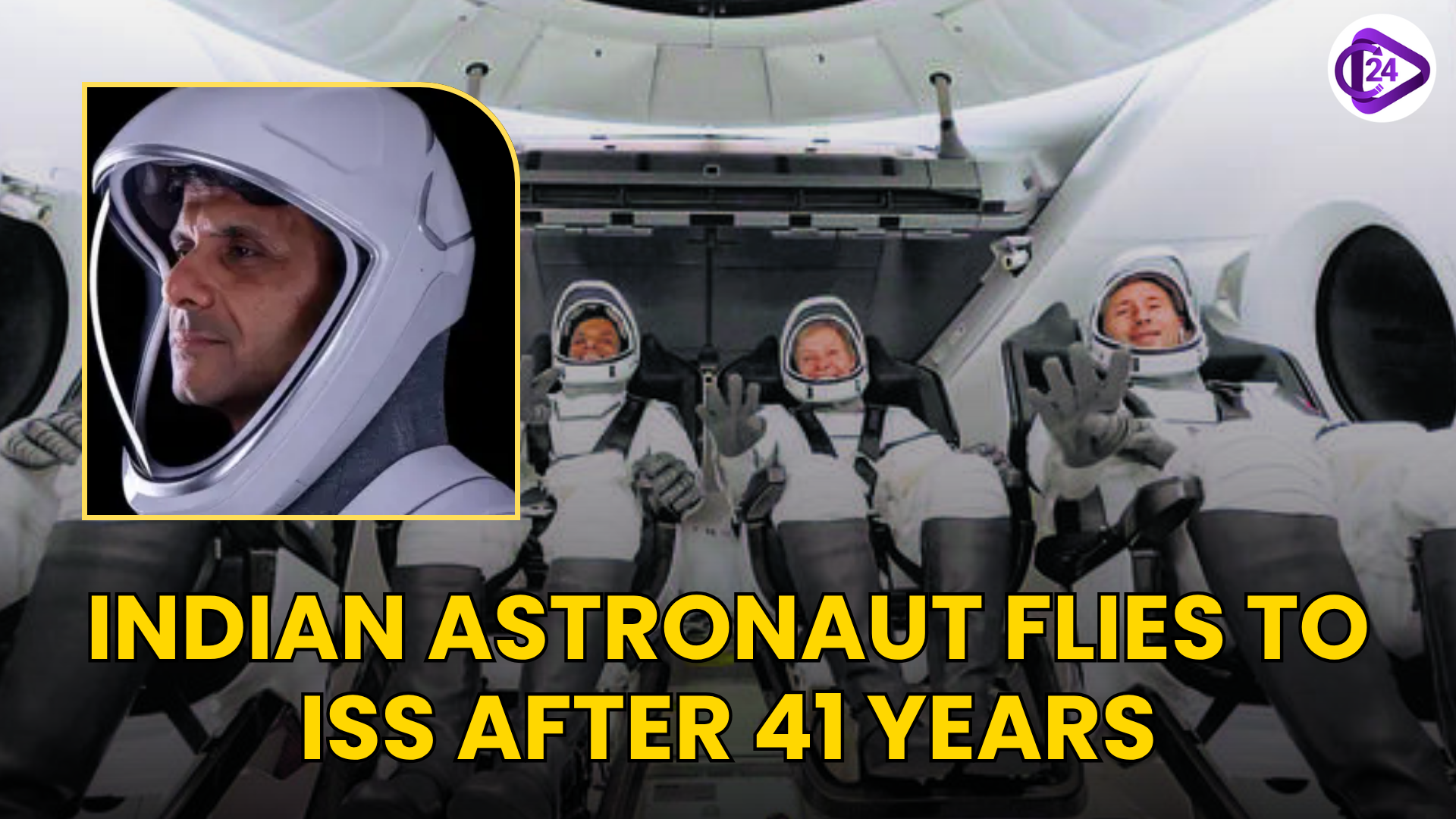
Using the Solar Ultraviolet Imaging Telescope (SUIT) aboard Aditya-L1 scientists obtained the initial observation of solar flare 'Kernel' in the lower regions of the solar atmosphere thus advancing solar research significantly. The Solar Ultraviolet Imaging Telescope (SUIT) operating on February 22, 2025 recorded an X6.3-class solar flare while detecting its first observed brightening in Near Ultraviolet (NUV) wavelength between 200 to 400 nm. The new evidence shows that solar flare energy influences Sun atmospheric temperature variations. The launch of Aditya-L1 on September 2, 2023 established its orbit around the Earth-Sun Lagrange Point L1 to obtain groundbreaking knowledge about solar activities affecting Earth's condition.
Key Observations and Findings
-
The Solar Ultraviolet Imaging Telescope (SUIT) Payload generated images of the flare kernel within the lower solar atmosphere from photospheric to chromospheric levels.
-
During February 22nd 2025 when X6.3-class solar flares underwent observation by the Aditya-L1 space platform it gathered advanced data extending from 200 to 400 nm wavelengths within the Near Ultraviolet range.
-
Energy Dispersal Across Solar Layers: Confirmed that the energy from the solar flare propagates through different layers of the Sun’s atmosphere.
-
The observation of intensified brightening from the lower solar atmosphere directly results in plasma temperature elevation within the solar corona.
-
Validation of Theoretical Models: Provided new insights and empirical evidence supporting long-standing theories about solar flares and their impact on space weather.
Aditya-L1 Mission Overview
-
Launch Date: September 2, 2023.
-
Orbit: The satellite will enter its January 6, 2024 position in a halo orbit that surrounds Earth-Sun Lagrange Point 1 (L1).
-
Payload: The scientific instruments onboard Aditya-L1 study solar flares and coronal mass ejections together with analyzing the behavior of solar wind.
-
Aim: This mission offers uninterrupted Sun observation which leads to better space weather prediction capabilities.
Need for Solar Missions
-
The space environment depends heavily on both magnetic fields from the Sun and its releases of solar energy.
-
Solar storms cause disruptions to satellite communications and power grids on Earth as well as GPS systems.
-
The mission assists scientists by revealing how the corona produces its extreme heat and the mechanisms behind the solar cycle and solar wind and flare formation.
Significance of Aditya-L1 Mission
-
India secured its position as a dominant space-based solar investigation force through its first observational platform.
-
Technological Advancement: Enhances ISRO’s capabilities in deep space exploration.
-
Scientific Contribution: Adds to global research on solar physics and space weather.
-
Future Missions: Paves the way for Aditya-L2 and Aditya-L3 for more advanced solar studies.
Global Solar Research Initiatives
Multiple space-based international research missions exist to explore the sun:
-
NASA’s Parker Solar Probe (2018): Studies the solar corona and solar wind acceleration.
-
ESA-NASA Solar Orbiter (2020): Investigates the Sun’s magnetic fields and solar wind interactions.
-
Japan’s Hinode (2006): Examines the Sun’s magnetic activity.
-
Several ongoing missions consisting of ACE and IRIS alongside WIND and STEREO carry out steady solar observation activities.
Conclusion
The successful acquisition of a solar flare kernel by Aditya-L1 advances the field of solar investigation substantially. The mission provides new knowledge about how solar processes affect Earth while showing us how the sun functions. Future space exploration programs need to direct research toward investigating polar sun regions along with measuring multi-directional energy flare-ups and developing superior space weather detection systems. India establishes a permanent position in space exploration through this mission along with opportunities for solar physics' future developmental growth.



 Malaria’s New Frontlines: Vaccines, Innovation, and the Indian Endgame
Malaria’s New Frontlines: Vaccines, Innovation, and the Indian Endgame India-NASA Earth Observation Partnership: NISAR Satellite Launch
India-NASA Earth Observation Partnership: NISAR Satellite Launch India’s Hydrogen-Powered Train: A Milestone in Green Transportation
India’s Hydrogen-Powered Train: A Milestone in Green Transportation NISAR: First NASA-ISRO Joint Earth Observation Satellite to Launch on July 30
NISAR: First NASA-ISRO Joint Earth Observation Satellite to Launch on July 30 Shubhanshu Shukla landed safely back to Earth after an 18-day Axiom Mission 4
Shubhanshu Shukla landed safely back to Earth after an 18-day Axiom Mission 4 Google Unveils AI Innovations to Make Agri Practices More Data-Driven, Efficient
Google Unveils AI Innovations to Make Agri Practices More Data-Driven, Efficient First Ancient Egyptian Genome Sequenced: 4,500-Year-Old DNA Offers Clues to Ancestry and Preservatio
First Ancient Egyptian Genome Sequenced: 4,500-Year-Old DNA Offers Clues to Ancestry and Preservatio Amaravati to Host Operational Quantum Computing Centre by January 1, 2026, Announces Naidu
Amaravati to Host Operational Quantum Computing Centre by January 1, 2026, Announces Naidu Amaravati to Host India’s First Quantum Computing Valley
Amaravati to Host India’s First Quantum Computing Valley India Returns to Space: Shubhanshu Shukla Aboards ISS After 41 Years
India Returns to Space: Shubhanshu Shukla Aboards ISS After 41 Years






